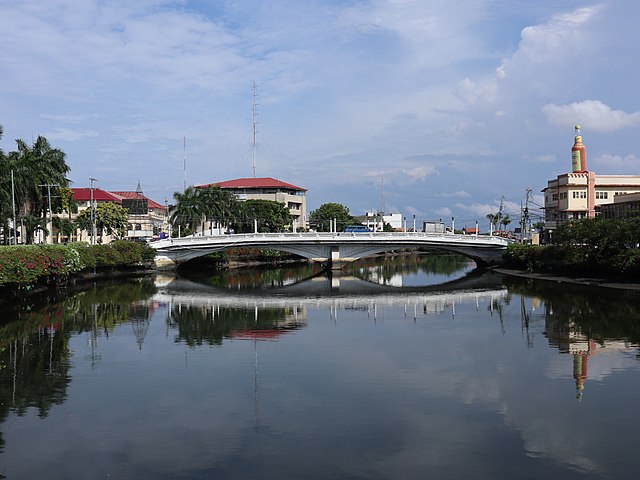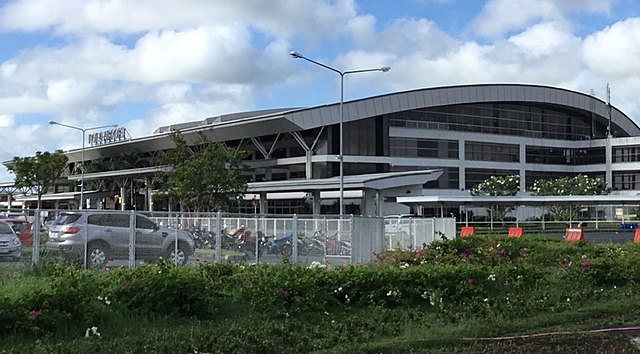Hinilawod is an epic poem orally transmitted from early inhabitants of a place called Sulod in central Panay, Philippines. The term "Hinilawod" generally translates to "Tales From The Mouth of The Halawod River". The epic must have been commonly known to the Visayans of Panay before the conquest, since its main protagonists, like Labaw Donggon, were noted in the accounts of the Islanders' beliefs and recorded by early Spanish colonizers. One of these Westerners' accounts says that the adventures of this ancient hero of Panay were recalled during weddings and in songs. It was noted that there were still native Mundos of Dingle, Iloilo who worshipped Labaw Donggon even during the last years of the Spanish rule in the Philippines. These worshippers would stealthily enter a certain cave in Dingle in the evening of a certain day of the year, in order to render homage and to offer chickens, doves, rice, bananas, and pigs to the ancient Visayan god.

Hinilawod c. 1983, by Art Geroche, as displayed at the lobby of the Cultural Center of West Visayas University, La Paz, Iloilo City, Philippines.
Panay is the sixth-largest and fourth-most populous island in the Philippines, with a total land area of 12,011 km2 (4,637 sq mi) and has a total population of 4,542,926 as of 2020 census. Panay comprises 4.4 percent of the entire population of the country. The City of Iloilo is its largest settlement with a total population of 457,626 inhabitants as of 2020 census.
Panay island satellite image captured by Sentinel-2 in 2016
Panay River in Roxas City
Premium Point-to-Point (P2P) Bus servicing Iloilo City to Iloilo International, Kalibo International, and Caticlan Airports and vice versa.
Iloilo International Airport, primary gateway into the region.





